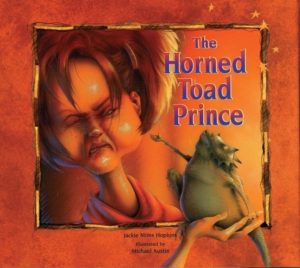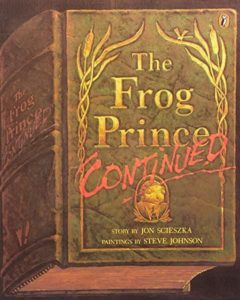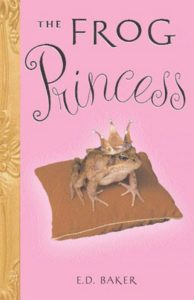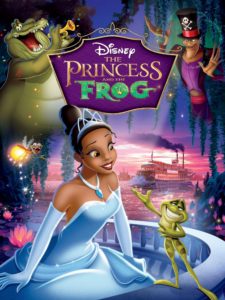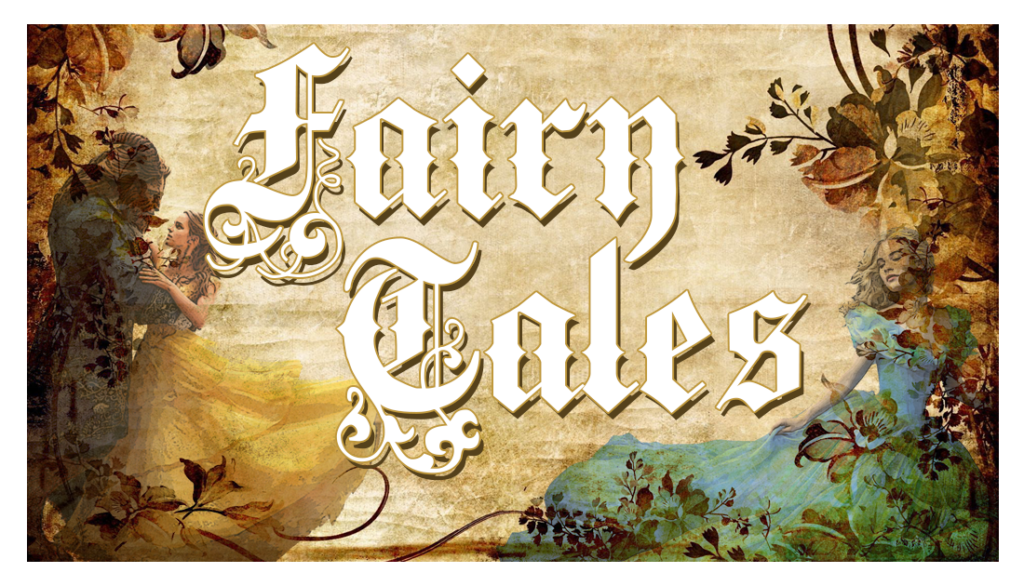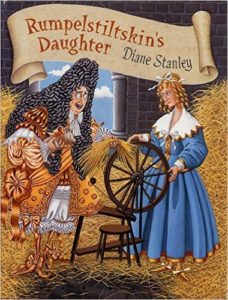
|
In Diane Stanley’s Rumpelstiltskin’s Daughter (HarperCollins, 2002), the miller’s daughter, instead of marrying the selfish gold-demanding king, marries kindly Rumpelstiltskin who likes children. (Also she has a weakness for short men.) Sixteen years later, Rumpelstiltskin’s daughter Hope finds herself in the same pickle that her mother once was: locked in a room with a pile of straw while the king demands gold. Rather than call on her father for help, however, Hope cleverly inveigles the king out of his greedy ways, and convinces him to provide for his poverty-stricken subjects. Delighted at the rewards brought by generosity, the king proposes to the clever Hope, who turns him down. She offers instead to be his prime minister. An empowering tale for ages 5-8. |
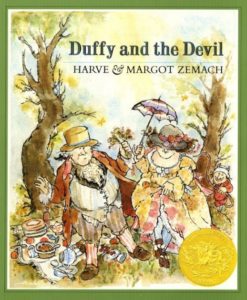
|
Harve Zemach’s picture book Duffy and the Devil (Farrar, Straux & Giroux, 1986), with illustrations by Margot Zemach, is a Cornish-style Rumpelstiltskin tale in which Duffy, Squire Lovel’s lazy servant girl, gets help with her chores from a sly little devil – with the proviso that in three years, he’ll take her away, unless she can guess his name. For ages 5-8. |
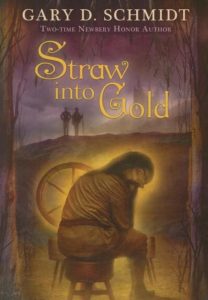
|
What if the Queen had not guessed Rumpelstiltskin’s name? In Gary D. Schmidt’s novel Straw Into Gold (Sandpiper, 2009), young Tousle, who lives in a cottage in the forest with Da, his adoptive father, travels to the city and ends up speaking up – along with the queen – in defense of rebels destined for execution. Their lives (and his) will be spared, the king decrees, if Tousle – in just seven days – can solve the riddle: “What fills a hand fuller than a skein of gold?” Tousle sets out on a danger-filled quest to find the answer in company with the blind rebel boy Innes – and they ultimately discover the surprising truths about Rumpelstiltskin, the queen’s missing child, and their own heritages. For ages 10-13. |
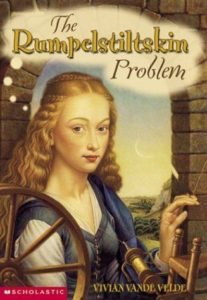 |
Vivian Vande Velde’s The Rumpelstiltskin Problem (HMH, 2013) features six different versions of the story, in which the various miller’s daughters solve their problems in wildly different ways. For ages 10 and up. |
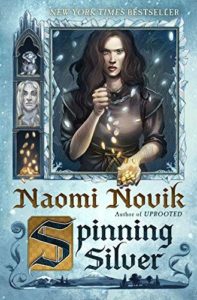 |
Naomi Novik’s brilliant and fantastical Spinning Silver (Del Rey, 2018) is a retelling of the Rumplestiltskin story, set in a mythical Eastern Europe, in which a clever moneylender’s daughter attracts the attention of the icy king of the Staryk. A wonderful read for ages 13 and up. |
